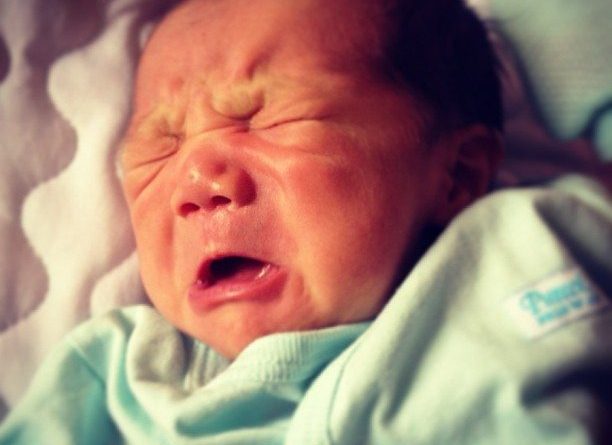How is Circumcision done?
“Circumcision Melbourne: How is it done?” is a question asked by both men and women to their doctor. This is a difficult question to answer because the answer depends on who you ask. There are many arguments in favor and against circumcision. Each argument has its roots in fact.
Before we look at whether or not Circumcision is good or bad, let’s look at the reasons people circumstallize babies. One reason is that some religions believe that a baby boy without a foreskin is not complete. This belief is held by Christianity, Islam, Judaism and Islam. The foreskin is what God meant when He made us in the image and likeness of God. They believe that a baby’s inability to control his sexual urges during infancy must be allowed to develop. God promises that he will circumcise him.
Another argument in favor of female genital circumcision is that female masturbation can be dangerous. A woman cannot have a child, so having her genitals circumcised will allow for more sexual relations with her partner. Some women consider it a sign of their femininity and beauty. They may want to have their labia (or labia minora) removed. This, they feel, is a way of enhancing their bodies and creating a more beautiful and feminine image. Thus, male circumcision reduces a woman’s risk of getting herpes.
The third reason many give for wanting to circumcision Adelaide a newborn is the belief that it keeps the penis healthy. This is based on the fact that an uncirculated penis is at a higher risk of contracting an STD. A male circumcision prevents a man getting trichomoniasis. This is a virus that can infect the head and body, and can cause skin irritations around the penis. A newborn circumcision can reduce the risk of genital warts in babies who are not infected. Finally, the procedure can help lessen the stress that comes with having a newborn child.
Female genitaliaplasty, however, has its own set of health benefits. The most prominent is the reduction in female urinary incontinence. Many women who have had this procedure report a significant improvement in their control of their incontinence and a greater sense of comfort. Additionally, women who have undergone genital surgery find that they are able to control their painful urination more easily than those who are not.
Some people argue against female genital surgeries on the grounds that male genitalia already have many benefits. These arguments fail to take into account the fact that the foreskin is attached to the penis, which is in turn closer to the cervix than the labia. This proximity can create a moist environment which can encourage the growth of bacteria. Circumcision is a solution to this problem, but it may be more difficult than you think.
Other issues are also raised in the argument against male infant circumcision. In reality, most medical professionals agree that male infant circumcision is not only less harmful but also has many benefits. These include a lower risk of the baby contracting a urinary tract infection. The baby’s foreskin is also less likely to be injured during the procedure, making it less likely to become raw and thus to promote the growth of bacteria. Furthermore, research has shown that baby boys who have been circumcised have been less likely to suffer from genital warts in the future. The procedure is also known to provide relief from the burning sensations in the penis region that has been exposed the sun.
You should know how to treat male genitalia and whether circumcision is right for your child. Male genitalia should not be shamed and should not be criticized. More scientific and medical research will reveal more information about male reproductive organs. Parents will be more open to the idea of male genitalia removal as a part of responsible parenting. So, is male circumcision good or bad for babies?

